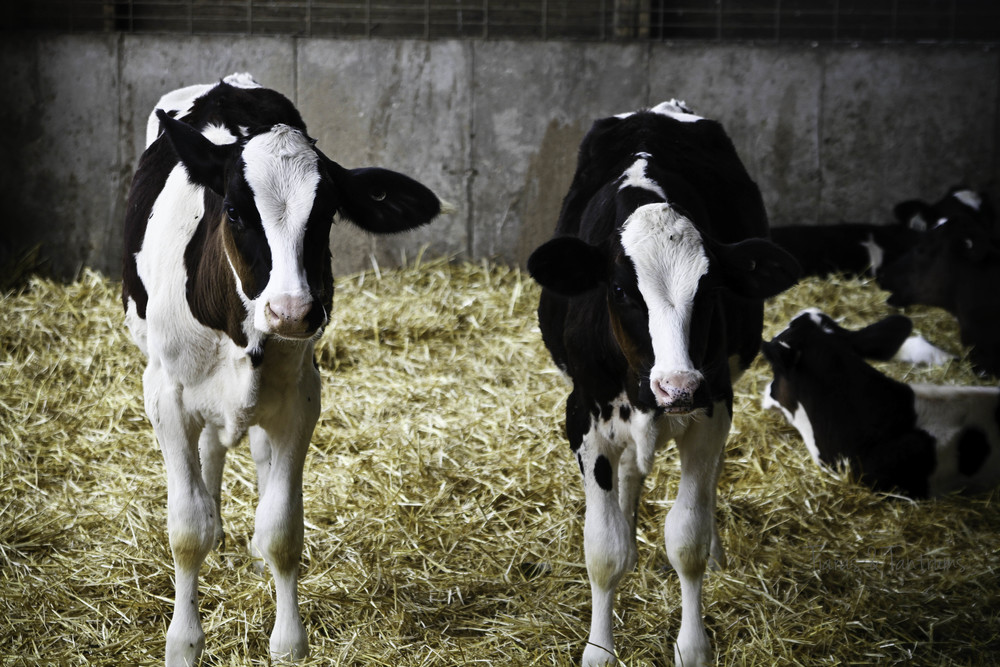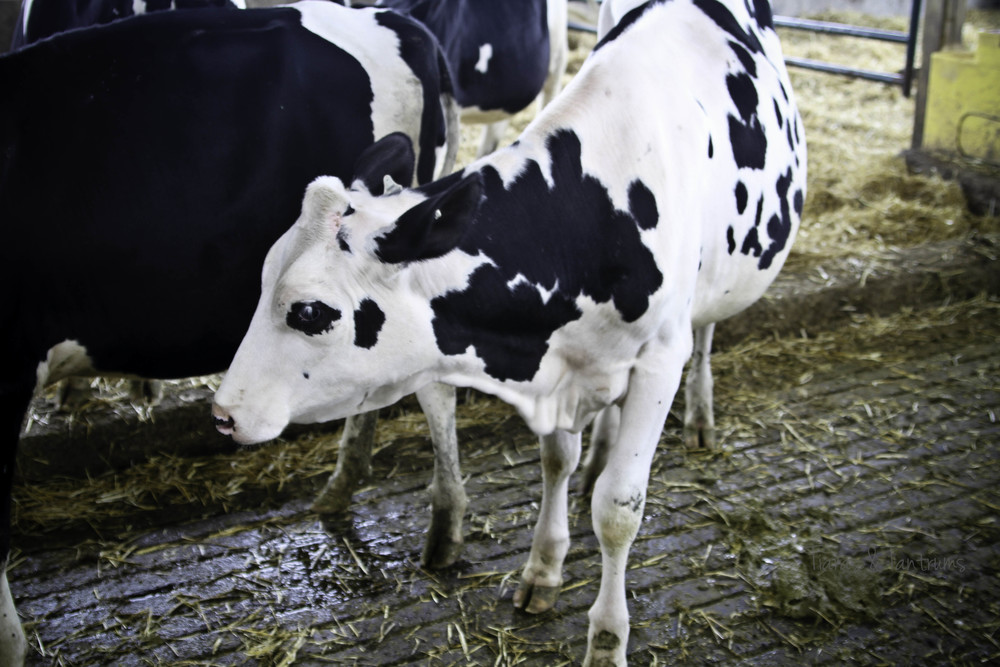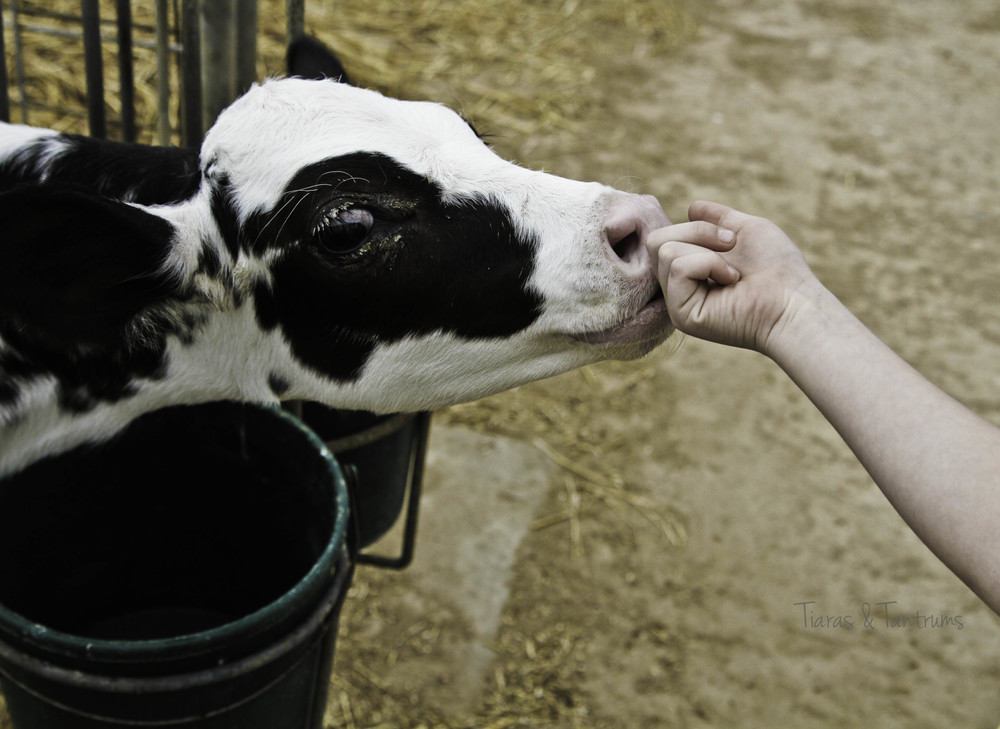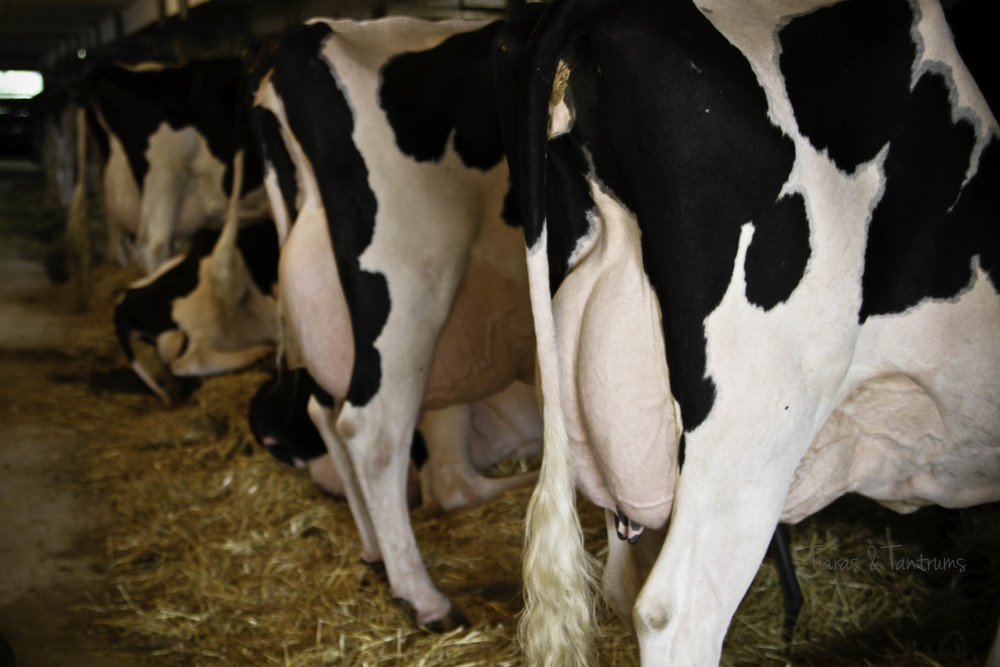Touring a Working Dairy Farm, Drendel Dairy Farm
I am an urban mom raising three small children in an area quite different from where I grew up. I grew up in rural Iowa surrounded by farms and farmers and pigs and cows and chickens. I knew where my food came from as a child because it mostly came directly from our own gardens and our live stock. My children on the other hand, do not know where their food comes from. If you were to ask them, they would simply reply, the grocery store.
This is something I wanted to change quickly. We grow a garden every summer so they are aware that we can sustain ourselves if we needed to with seeds and dirt and water. My children love to plant a garden and nurture their vegetables to harvest all summer long. They have learned the art of canning with me during the summer as well.
What they do not know though is where dairy comes from. So we decided to take a day trip to a local dairy farm and find out about dairy and cows and farming from this perspective. I know farms as I grew up on one, but not dairy farms, this was unfamiliar territory for me. Things are basically the same, but really different at the same time. The care of the cows is the same, basically. I know that cows are vaccinated and that they need to be in order to control and prevent disease. This does not bother me, it's a fact for me. I grew up seeing cows getting their medicine and I knew it was for the welfare of everyone, including me.
We visited a local dairy farm in our area, Drendel Dairy Farm, which is owned and operated by a seventh-generation farmer and her husband, a fifth-generation farmer, at Lindale Holsteins. I think I was better equipped to understand the nature of the business of the dairy farm more so than an urban mom who has lived in an urban area her entire life. Thus, I was armed with knowledge about the raising of cows and didn't have the questions that some parents may have. Like antibiotics, or hormones and the use of pesticides.
While every dairy farm has their own style and manner of farming, the bottom line is Lindale Holsteins main objective is 'milk is safe'. Their milk is safe.
Milk is good for you. Their milk is good for you.
Milk is healthy and nutritious. Their milk is healthy and nutritious.
There are regulations in place that ensure that milk is safe and good for you. If milk in on your grocer's shelves, it has already gone through rigorous regulations. Enjoy it!
This tour gave my children (and myself) a better understanding of the origins of their dairy products. Our tour began in the calf area where we were able to see a brand new calf that had just been born that morning. We were wondering why the calves were separated from their mothers and learned it is basically a safety issue. The calves are nurtured by the owners at this stage in their lives.


My children are now aware of where their milk comes from, how the cows are cared for, and how farm life on a diary farm is. Farming is hard work and milking 10,000 pounds of milk a day seven days a week should convince you of that. There are more than 9,500 dairy farm families in the Midwest taking pride in providing real, fresh and naturally nutrient-rich foods and beverages for everyone to enjoy.
They work hard every day to bring you and your family safe, wholesome and nutritious dairy foods.


